Cat Straining To Urinate? Is It A Blocked Bladder?
One of the most important aspects of being a cat owner is knowing what is an emergency and when to call the vet.
A cat straining to urinate is a true emergency that can result in the death of your cat if you are not aware of the signs.
If your cat can’t pee – take your cat IMMEDIATELY to a vet. A cat that can’t pee often has a urinary obstruction and is at risk of death.
It is highly likely that your cat has what we call a urethral obstruction and without immediate treatment at a veterinary hospital, your cat will die.
There is no at-home treatment for a cat with a blocked bladder.
However, if you are here because you would like to know more about cats who have a blocked bladder, you’ve come to the right place.
We will discuss why this occurs and give you some insight into how vets treat this problem.
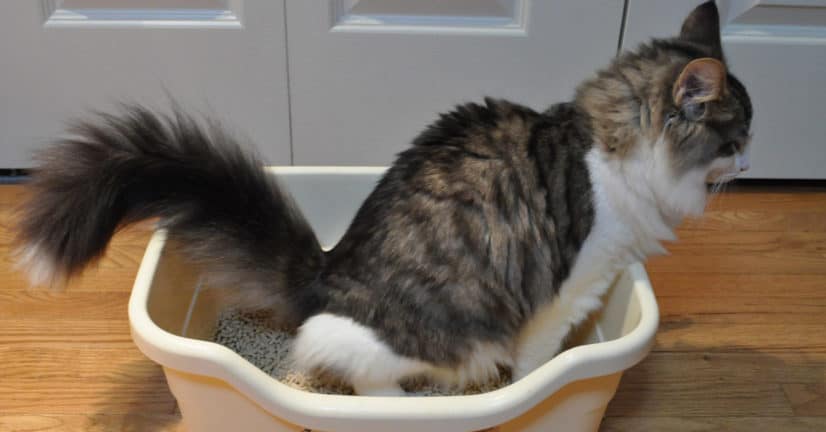
How To Tell If Your Cat Has A Blocked Bladder
The following signs are an indication that your cat may be having trouble urinating.
If one or more of these signs are present, it is time to contact a vet immediately for more advice.
- Your cat looks like it is straining to go to the toilet. You might think he is constipated.
- Your cat is licking his bottom (or hindlegs if he is a bit fat and can’t reach) a lot.
- Your cat is scratching at the litter tray but isn’t urinating.
- Your cat is posturing like they are urinating, but nothing comes out.
- Your cat is dribbling urine.
- Your cat has blood in his urine.
- Your cat is very flat, vomiting and unwilling to move – he might look sleepy or even be comatose.
- Your cat is a male and is showing any of these signs. Male cats are more prone to getting a blocked bladder.
You can contact our online vets anytime, day or night, but remember there are no at-home treatments for a blocked bladder.
Our vets will only be able to advise whether we think you should seek in-person vet treatment.
Remember that a cat with a blocked urethra that is left without treatment will always be fatal.
Yes, I’d like to speak with a vet
Male Cats Are More At Risk Of Urinary Blockages
Due to their anatomy, male cats develop urinary tract obstructions far more often than female cats.
The male urethra has a narrower diameter and a bend in it rather than being straight.
This means that if there is a build-up of sludge such as a urethral plug or if there are crystals in the urine, these can get caught in this area and create a blockage.
Remember that a blocked urethra that is left without treatment will always be fatal.
Why Is My Cat Struggling To Pee?
Many cats struggle to urinate due to a problem called FLUTD or ‘feline urinary tract disease’.
It is a common problem for many cats and is a term used to describe a number of different problems that may be caused by:
- Bladder inflammation or urethra “cystitis”
- Uroliths: Stones and crystals in the urine
- Urinary tract infection (bacterial infection in cats is very rare, especially in those < 10 years old)
- Neoplasia (cancer)
- Urethral plug (mucoproteinaceous plug)
- Idiopathic – (it ‘just happens’ and we don’t know why)
If your cat is showing signs of straining to urinate, blood in the urine or urinating in unusual places, your cat may be struggling with one of these medical issues.
Many cats who struggle to pee, have underlying anxiety or stress
It is sometimes hard for us as owners to understand what might be causing this stress, as it seems like our cat has everything it needs.
Common Causes Of Stress For A Cat
Some of the most common causes of stress leading to urinary issues for our cats include:
- New cats in the neighbourhood.
- An outside cat peers through a window at them.
- A new cat in the household.
- New people in the household – could be visitors or a boyfriend/girlfriend.
- A change in diet or sleeping arrangements.
- A litter box that is not in a place where they feel safe.
- A change in litter tray substrate.
- A dirty litter box.
How Will The Vet Treat A Blocked Bladder?
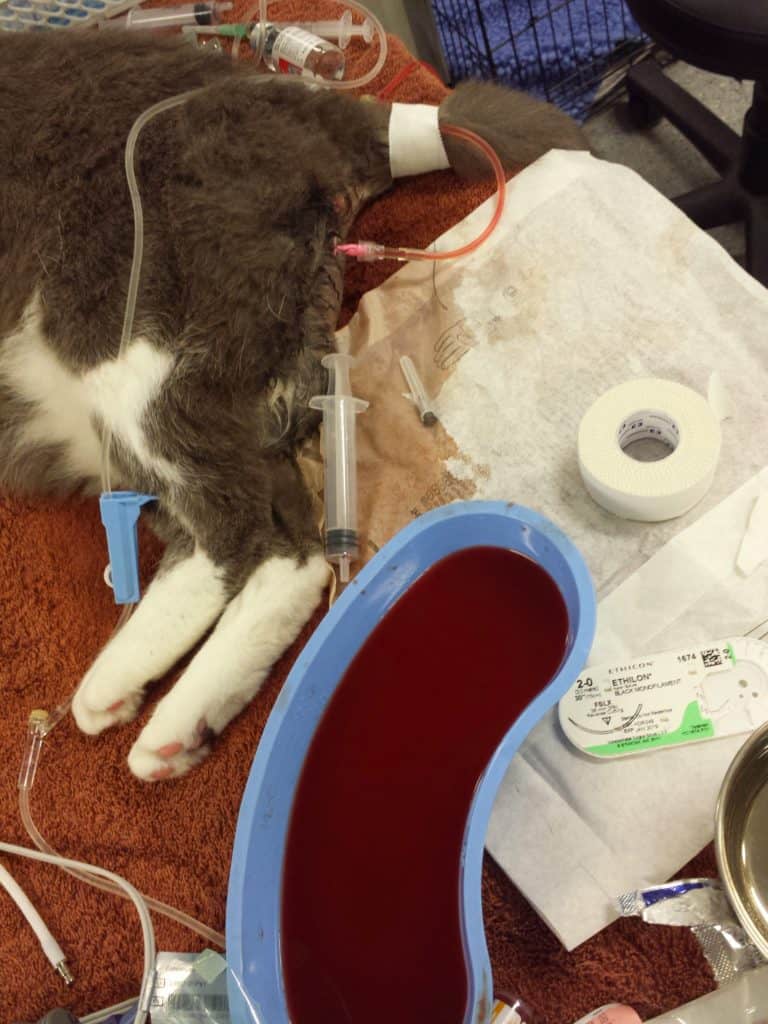
This cat has had a catheter inserted into the urethra so that the bladder is unblocked. You can see the blood-tinged urine indicating severe inflammation.
While asking you about your cat’s history and symptoms, your vet will palpate your cat’s abdomen checking the size of the bladder.
They will also perform a complete physical exam checking the heart, lungs, temperature and blood pressure.
Cats that have been blocked for a while will often have a low body temperature and heart rate and possibly will be comatose.
Before attempting to unblock a cat’s bladder, blood tests are required to check your cat’s electrolytes and haematology so that cardiac stabilisation can be started.
Cats with a blocked bladder get increased levels of potassium in their blood (hyperkalaemia) which depresses the heart and will make your cat comatose.
It’s essential that we recognise and reverse these abnormal blood results as much as we can before attempting anaesthesia.
Because urine can’t be voided, the level of urea and creatinine increases in the blood. This is called azotaemia.
Before your cat is anaesthetised to unblock the bladder, your vet will give aggressive fluid therapy to correct electrolytes and perfusion and gently warm him up.
If this is not performed promptly your cat may die.
Sometimes the unblocking process can be quite difficult to achieve.
An indwelling catheter is placed in the urethra and a urine sample is collected to check for infection and crystals.
The bladder is thoroughly flushed to remove any crystals and stones to ensure that there is a free flow of urine.
This catheter is sutured in place to help maintain patency of the urethra for about 24-48 hours.
When the catheter is removed your cat will be watched closely to ensure that he doesn’t reblock (about 14% of cats will reblock).
While in hospital your cat will be given lots of pain relief, urethral relaxants to prevent spasms and anti-stress medication.
We don’t want to see your cat straining to urinate.
Video: Dr Leigh Discusses Treatment Of A Cat With A Blocked Bladder
What To Do If You See Your Cat Straining To Urinate?
A cat with a blocked bladder is at risk of death.
Please get in touch with our emergency vets or head straight to your local clinic. After taking a thorough history, if our vets suspect that there is a blockage, you will need to take your cat to a local vet clinic.
Make sure you share this article with friends who have cats, it may just save their cat’s life.
Frequently Asked Questions
What To Do If A Cat Is Peeing Blood But Acting Normal?
A cat that is peeing blood but acting normal has a condition called FLUTD.
These cats are often suffering from some type of stress, which can be very hard to recognise.
It’s important that your cat sees a veterinarian who will assess the urine for signs of inflammation and ensure that there is no infection present.
Depending on the diagnosis treatment will likely focus on pain relief and reducing stress.
If a bladder infection is found then antibiotics will be required (infection is not common).
How Long Can A Cat Go Without Peeing?
While a cat can go without peeing for up to 24 hours, it is an incredibly difficult judgment to make due to many variables, the most important one being do we ever really know the time the cat last urinated?
For that reason, if you notice that your cat has not peed in a 12 hour period it is important to seek veterinary attention.
Failure to urinate within a 12 hour period will not only lead to a build-up of toxins in the bloodstream, but if a blockage is a reason, then the bladder will become stretched and damaged by urine volume retention.
It is far safer to be turned away from a veterinary hospital when your cat is ‘normal’ than to risk their life.
My Cat Keeps Trying To Pee But Only A Little Comes Out
When a cat tries to pee but only a little comes out it could mean that there is either a urinary tract blockage or that there is urethral spasm usually due to inflammation.
In either case, your cat will need to see a veterinarian within a 24 hour period.
Problems with urinary tract health can be very painful and if treatment is delayed it can result in full urethral blockage and a life-threatening emergency.
Why Is My Cat’s Pee Orange?
A normal healthy cat will have urine that is shades of yellow in colour. Urine that is red or brown in colour will normally mean that blood is present (haematuria) or in some circumstances there may be a breakdown in muscle tissue (myoglobinuria). Urine can also change colour depending on what an animal eats, the substrate it lands on and how long it has been left to sit.
In a cat showing no signs of ill-health, orange cat pee likely means the urine has changed colour due to degradation of substrates over a period of time. It may indicate that there is blood in the urine.
In a cat that is unwell, orange pee can mean the urine contains bilirubin or its degradation products. Cat urine should never contain bilirubin.
If you notice a change in the colour of your cat’s urine, regardless of the colour change, please consult your vet for further investigation.
Tell us below if your cat has had a blocked bladder and what signs you noticed. Let’s help others recognise the signs of a blocked bladder.
- 88
- 88

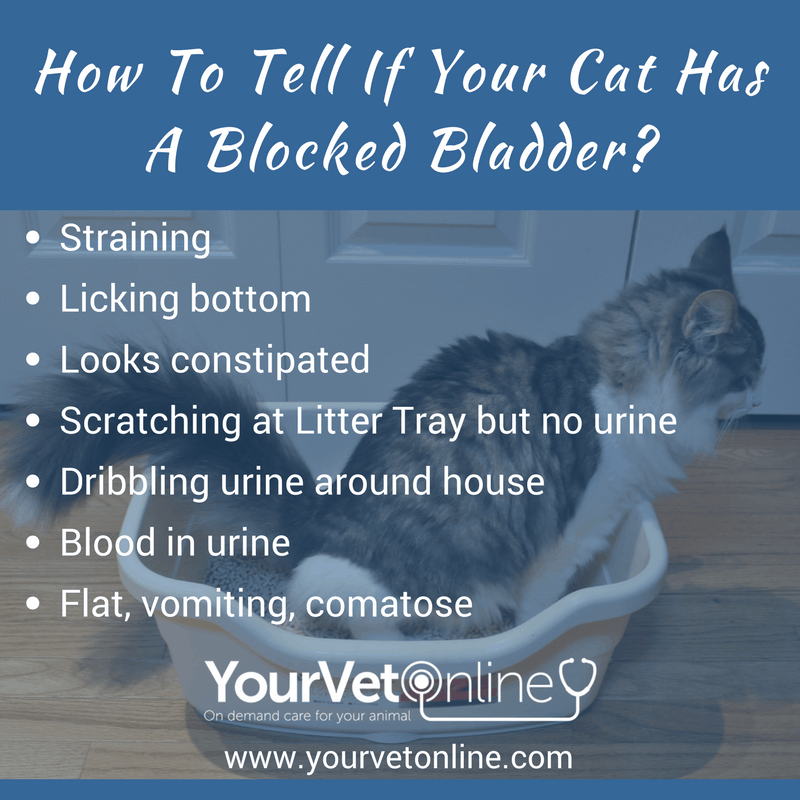

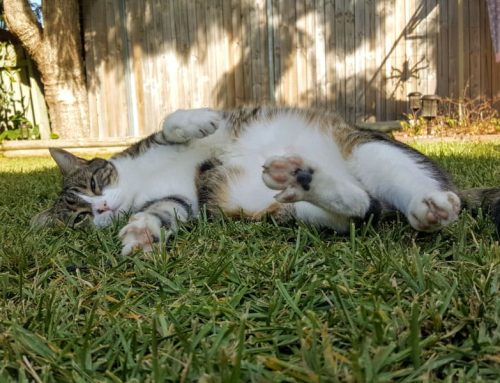
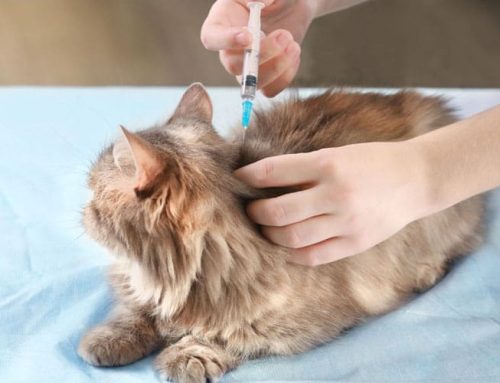
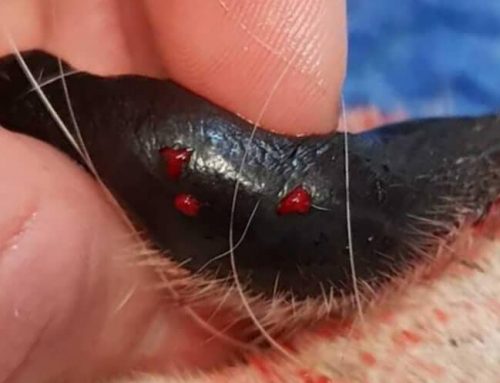
My favorite fur baby is in the hospital right now being treated for a urinary blockage. He appeared fine one day, then during the early morning hours he started moving around more slowly and by about 7am I noticed he was isolating himself and wasn’t interested in breakfast. When I palpated his abdomen he flinched and growled at me. We went to our local vet, and after an examination, we were given the diagnosis of a blocked urinary tract, and sent to a 24 hour pet hospital. He was catheterized and will be there for the next 2-3 days. Praying that he will be ok. ?
I figured this is a costly procedure but I have to take my 3 yrs old Male baby to the vet. We have had a major hit financially with covid and my husband had to have emergency back surgery. This breaks my heart so very much.
That’s very sad to hear. Thinking of you.
My 2 year old boy cat had this right at the start of Covid. It was a nightmare made worse by the Covid constraints. He was catheterised twice as he blocked again after the first time. After 3 days he was able to come home with medicine and a new prescription diet. We had some ups and downs with the diet as he wanted to eat the same as my other 2 girls. We finally worked out a process where he is happy to eat his own food, although I’ve caught him eating a bit of their leftovers on occasion. He so far a year later is healthy and happy.
That is great that your boy is healthy and happy! Well done!
I will have to put my favorite cat to sleep bcuz of this issue if he doesn’t pee today….its terrible this disease is terrible
Gosh Teresa that is very sad to hear, take care.
Two days ago I just put my sweet beautiful 2 year old can down because he had this situation. I had him catheterized 3 times and he kept being block. I spent almost $2,000 and nothing worked. I am heart broken.
Oh Rena that is very sad. Take care.